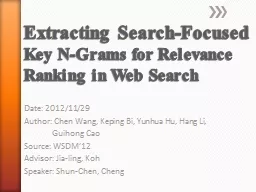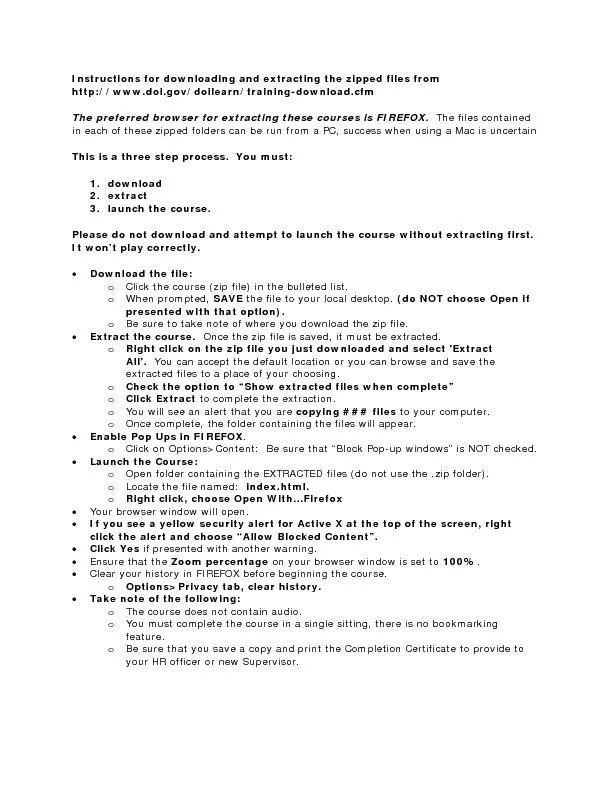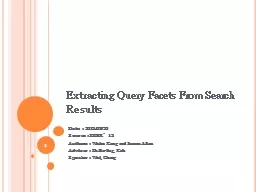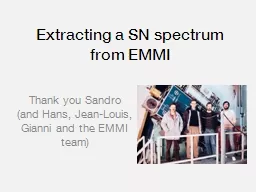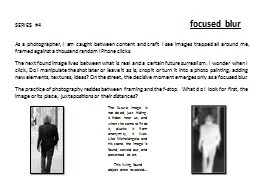PPT-Extracting Search-Focused
Author : marina-yarberry | Published Date : 2019-11-08
Extracting SearchFocused Key NGrams for Relevance Ranking in Web Search Date 20121129 Author Chen Wang Keping Bi Yunhua Hu Hang Li Guihong Cao Source WSDM12 Advisor
Presentation Embed Code
Download Presentation
Download Presentation The PPT/PDF document "Extracting Search-Focused" is the property of its rightful owner. Permission is granted to download and print the materials on this website for personal, non-commercial use only, and to display it on your personal computer provided you do not modify the materials and that you retain all copyright notices contained in the materials. By downloading content from our website, you accept the terms of this agreement.
Extracting Search-Focused: Transcript
Download Rules Of Document
"Extracting Search-Focused"The content belongs to its owner. You may download and print it for personal use, without modification, and keep all copyright notices. By downloading, you agree to these terms.
Related Documents

